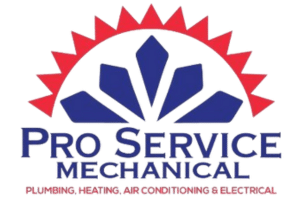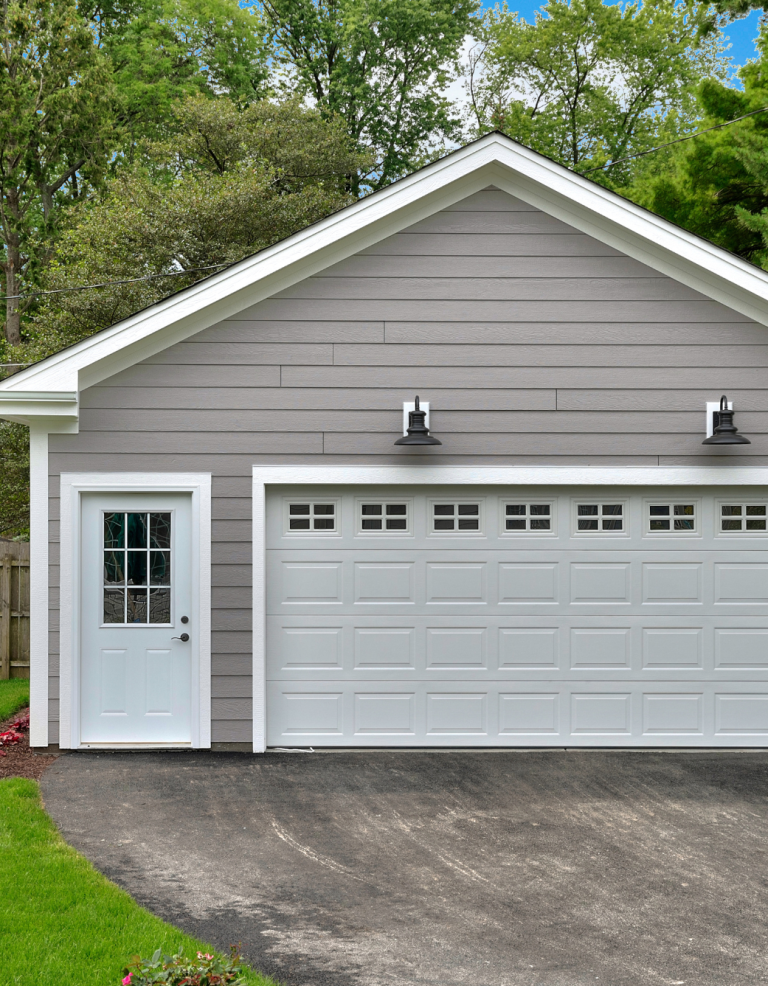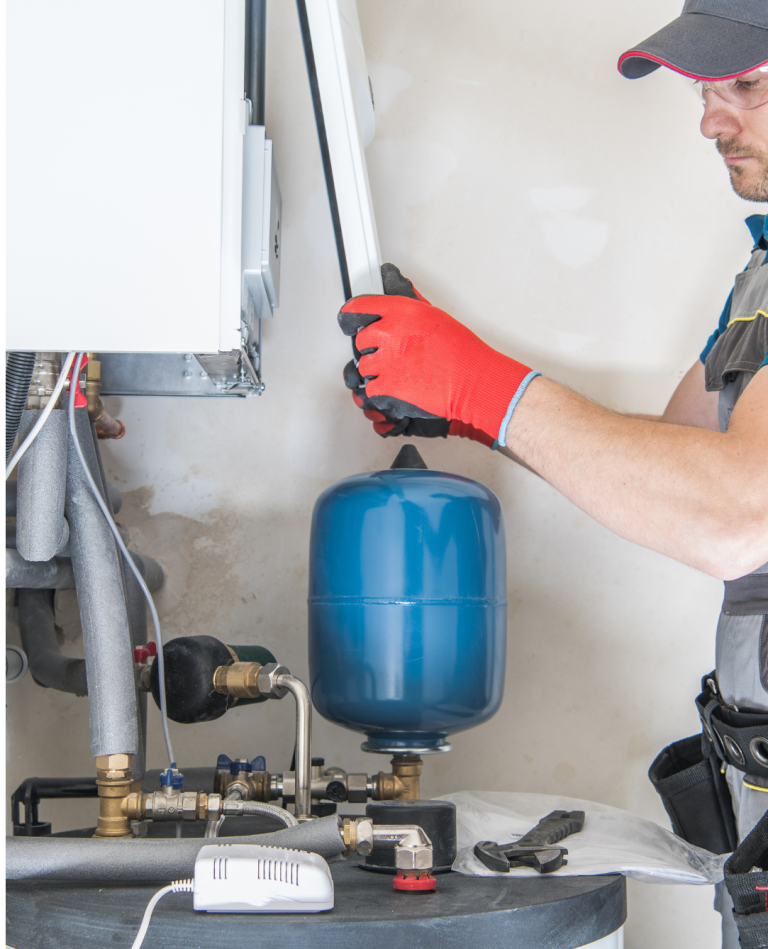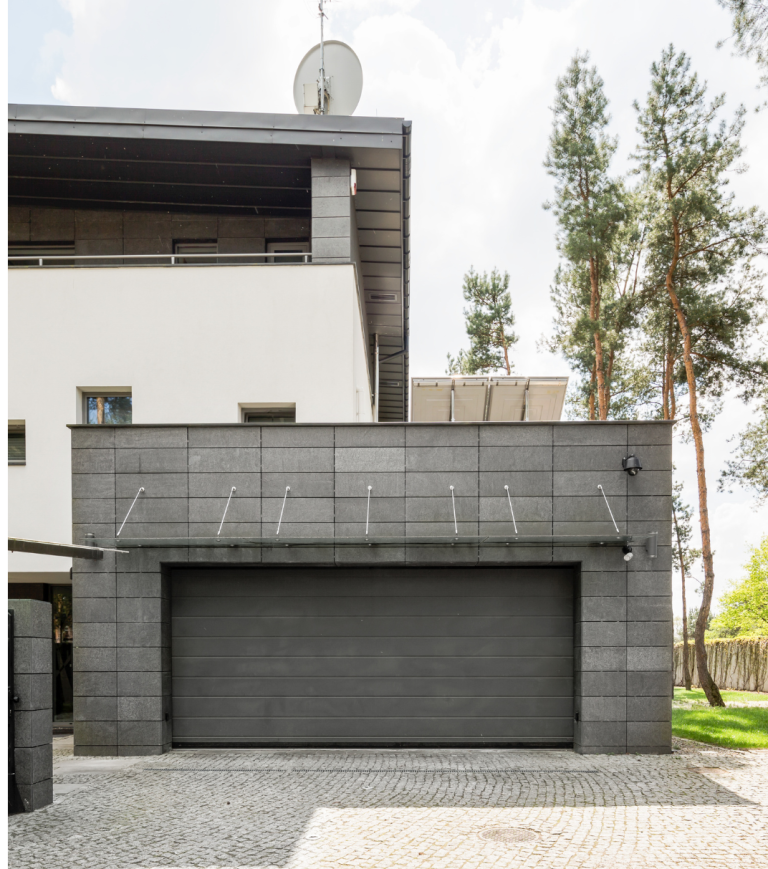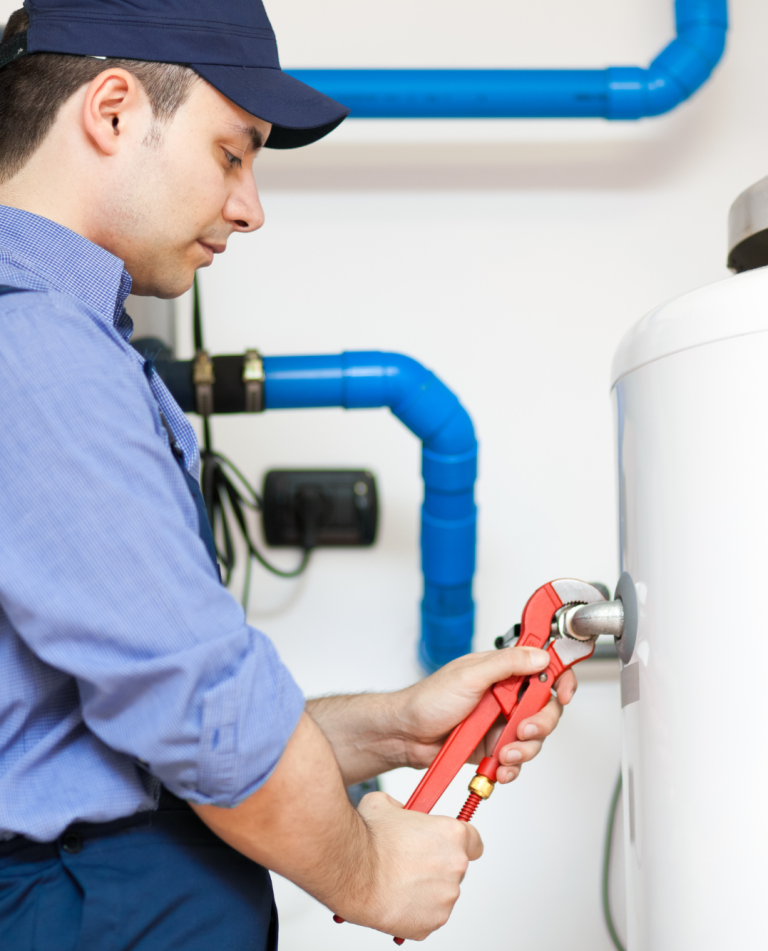Introduction to Forced Air Heaters for Home Heating
As the chill of winter settles in, maintaining a warm and comfortable living space becomes a top priority for homeowners. Among the myriad options available for residential heating, forced air heaters have emerged as a popular and effective choice. These systems operate by drawing in cool air, heating it through a furnace or heat exchanger, and then distributing the warmed air throughout the home via a system of ducts and vents. This method ensures that every room receives consistent, reliable warmth, making forced air heaters a mainstay in modern home heating solutions.
What sets forced air heating apart is its remarkable efficiency and adaptability. Unlike traditional radiators or baseboard heaters, forced air systems can quickly raise indoor temperatures, offering almost immediate relief from the cold. Additionally, these heaters often pair seamlessly with air conditioning units, allowing for year-round climate control through the same ductwork. This integrated approach not only simplifies temperature management but also reduces the need for multiple, standalone systems within the home.
For families seeking comfort, energy efficiency, and convenience, forced air heaters deliver on all fronts. Their ability to filter and circulate air can also improve indoor air quality, making them a valuable investment for homeowners who prioritize both warmth and well-being. As we explore the top reasons to use a forced air heater, it becomes clear why this technology stands out in the realm of home heating solutions.
How Forced Air Heating Systems Operate
Forced air heating systems are among the most popular and efficient methods for maintaining a warm and comfortable home environment, especially during colder months. These systems function by distributing heated air throughout a building via a network of ducts and vents, ensuring that each room receives consistent warmth.
At the core of a forced air heating system is the furnace, which acts as the primary heat source. The process begins when the furnace draws in cooler air from inside the home through return ducts. This air passes over a heat exchanger, where it is warmed either by burning fuel—such as natural gas, propane, or oil—or by using electricity. Once the air is heated to the desired temperature, a powerful blower fan propels it through the ductwork, delivering warmth quickly and efficiently to various rooms via strategically placed vents.
Key Components of a Forced Air System
- Furnace: Generates heat using gas, oil, or electricity.
- Heat Exchanger: Transfers heat to the air without exposing it to combustion gases.
- Blower Fan: Circulates the heated air through ducts and vents.
- Ductwork: Channels the warmed air to every part of the home.
- Thermostat: Controls the system, allowing for precise temperature regulation.
This integrated process ensures that forced air heating systems operate both rapidly and reliably, making them a trusted choice for homeowners seeking efficient, whole-house heating solutions.
Energy Efficiency Benefits of Forced Air Heaters
When evaluating home heating solutions, energy efficiency stands out as a crucial consideration for homeowners seeking both environmental responsibility and cost savings. Forced air heaters have become a popular choice precisely because they excel in delivering efficient warmth throughout the home, optimizing energy consumption without sacrificing comfort.
One of the primary energy efficiency benefits of forced air heaters lies in their rapid heat distribution. Unlike radiant systems, which can take considerable time to warm up a space, forced air heaters quickly circulate heated air through ductwork, ensuring rooms reach the desired temperature in a fraction of the time. This swift delivery reduces the system’s operational duration, ultimately lowering overall energy usage.
Advanced Thermostat Compatibility
Modern forced air heating systems often integrate with programmable or smart thermostats. These advanced controls allow homeowners to fine-tune heating schedules according to daily routines, preventing unnecessary energy consumption when spaces are unoccupied. The ability to set precise temperature zones further enhances efficiency, as energy is not wasted heating unused rooms.
Efficient Fuel Utilization
Forced air heaters can operate on diverse energy sources—natural gas, electricity, or propane—each engineered for optimal fuel-to-heat conversion. High-efficiency models maximize heat output from minimal fuel input, translating to lower utility bills and a smaller carbon footprint.
In summary, forced air heaters combine fast, even heat distribution, advanced control options, and optimized fuel use, making them a top contender for homeowners prioritizing energy efficiency in their home heating solutions.
Enhanced Indoor Air Quality with Forced Air Heating
One of the most compelling advantages of using a forced air heater for home heating is its significant contribution to enhanced indoor air quality. Unlike some traditional heating methods that simply radiate warmth, forced air systems circulate air throughout your entire living space, ensuring a more consistent temperature while actively filtering the air. This circulation process allows these systems to remove airborne particles such as dust, pollen, pet dander, and even certain allergens, creating a healthier environment for every member of your household.
Advanced Filtration Capabilities
Modern forced air heaters are equipped with advanced filtration technologies. High-efficiency filters trap microscopic pollutants that would otherwise linger in your home. For families with allergy sufferers or individuals sensitive to airborne contaminants, this feature is especially beneficial. The filters can be upgraded to HEPA or electrostatic versions, maximizing particle capture and further improving air purity.
Even Distribution of Clean Air
Beyond filtering, forced air heating promotes even distribution of clean air. The system’s ductwork ensures that fresh, filtered air reaches every corner of your home, minimizing stagnant zones where dust and pollutants might accumulate. This uniformity not only enhances comfort but also supports overall respiratory health.
By prioritizing both warmth and air quality, forced air heating systems deliver a dual benefit that elevates your indoor living experience. This makes them a smart, health-conscious choice for homeowners seeking reliable home heating solutions.
Cost-Effectiveness and Installation Advantages
When considering home heating options, cost-effectiveness is a crucial factor for most homeowners. Forced air heaters stand out as a budget-friendly solution, both in terms of initial investment and long-term savings. These systems typically have lower upfront costs compared to other heating alternatives such as radiant floor systems or hydronic setups. Their widespread availability means competitive pricing on units and components, translating to further savings for the consumer.
Installation advantages further enhance their appeal. Forced air heaters are designed for efficiency and ease of integration, especially in homes that already feature ductwork for central air conditioning. This compatibility streamlines the installation process, reducing labor hours and associated costs. Unlike more complex systems that may require extensive remodeling or specialized contractors, forced air heaters can often be installed quickly by standard HVAC professionals. This not only shortens the timeline for getting your home comfortably heated but also minimizes disruption to your daily life.
Moreover, their straightforward design means future upgrades or repairs are often less expensive and simpler to complete. Replacement parts are readily available, and most technicians are familiar with these systems, ensuring prompt and affordable service. Ultimately, the combination of low initial investment, easy installation, and minimal ongoing maintenance makes forced air heaters a smart choice for homeowners seeking efficient, cost-effective heating solutions.
